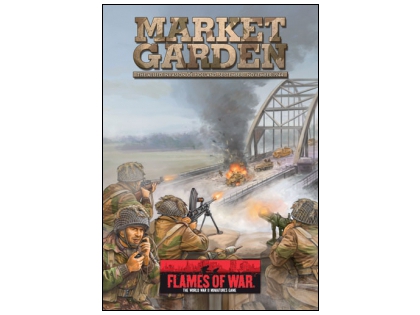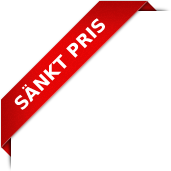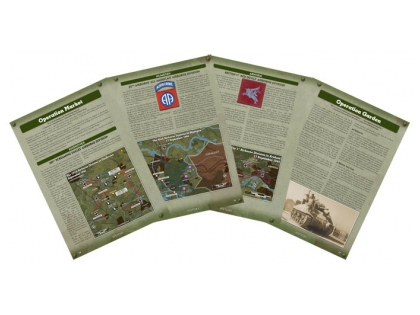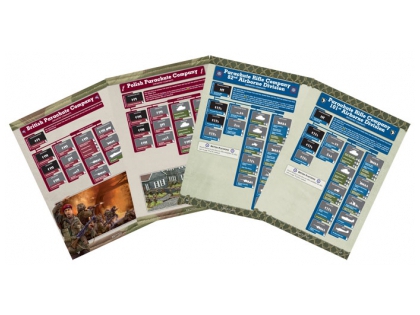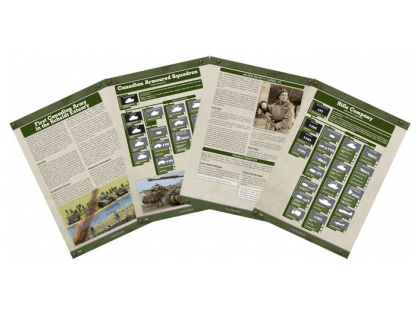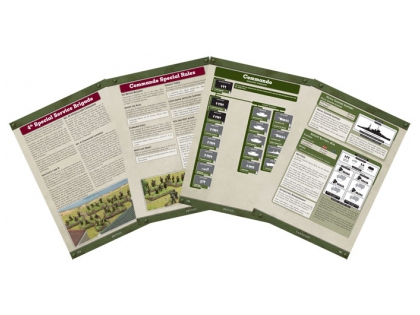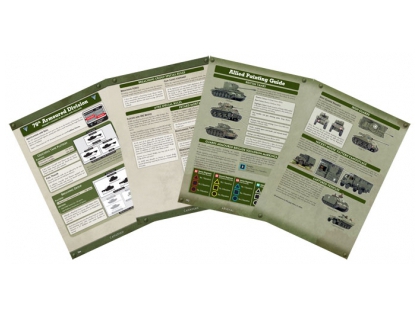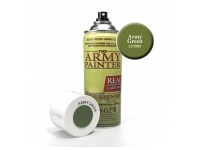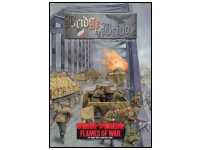-
-
-
Figurspel
-
-
Market Garden (Late)
-
-
Artikelnummer: FW112
-
149 kr (185 kr)
Ej tillgänglig
Tyvärr går det inte att beställa Market Garden (Late) längre.
Det är inte heller troligt att vi kommer få hem produkten igen.
- Önskelista: För att kunna använda önskelistan måste du har ett användarkonto och vara inloggad.
-
-
Produktbeskrivning
General Changes and Additions
There were a few general changes and additions that are worth covering now, rather than repeating it through out the following notes. These are the repointing of medium tanks and the addition of improved anti-tank rating for 17pdr and 6pdr guns. These were important as it finally brings the British up to speed with the other nations.
Improved Guns
One of the most anticipated (and for some, controversial) changes was the improved anti-tank rating of the 17 pdr and 6 pdr guns to 15 and 11, respectively. 6pdr anti-tank guns will enjoy a little resurgence as even more excellent infantry support weapon with their high rate-of-fire and improved anti-tank rating.
The 17pdr was a super powerful gun and could easily deal destruction to Tiger and Panther tanks. We arrived at the value of 15 after carefully studying AP penetration charts. We discovered that the 17pdr performed better than the US 90mm gun and only slightly less than a German overlong 8.8cm PaK43. This caused a bit of discussion, but after some testing we were happy with the results. While it seems like a powerful weapon, it is strongly curtailed by the No HE rule.
British Paratroopers
The Red Devils are back in the compilation with a few new changes. Obviously all of their anti-tank guns have received a boost, but there are a few organisational changes, such as bringing the 1st Airborne Reconnaissance Squadron into line with similar forces, such as SAS jeeps and the like. We’ve also expanded the British glider pilots and airborne engineers into their own companies because they did fight as whole units in both the Oosterbeek and Arnhem Perimeters.
US Paratroopers
We took this opportunity to differentiate the 82nd and 101st Airborne Divisions a bit more. The 82nd had a lot more integral artillery (thanks to the attachment of the 504th and its regimental combat team) and made limited use of captured Panzerfausts. The 101st has had some added support options from 30 Corps to reflect their integrated tactics with the British. We’ve also dressed up and added the Gilder Rifle Company from the web to complete the coverage of the US airborne troops in Holland.
The Armoured Divisions
Organisationally, the armoured troops have changed little. However, these guys’ biggest change is clearly the new anti-tank value for their 17 pdr guns, be they installed in Fireflies, Challengers, Achilles, or simply towed. This will give your armoured troops some serious firepower against Germany’s heavy and medium tanks. You might be a bit surprised that the new platoons are not a lot more expensive than the old ones, but remember that the Sherman V’s points have come down, in line with the current points model, so the overall difference is not as noticeable.
We’ve included the Grenadier Guards motor company to the book to complete the range of Guards forces operating in the Guards Armoured Division. We’ve also added the popular PDF briefing for the 11th Armoured Division as well. Even though they were not a part of 30 Corps, they still played an important role in the fighting.
Both armoured car squadrons (Household Cavalry and the Inns of Court) have been revised and their special rules brought into line with the new V3 reconnaissance special rules.
The Canadians
Perhaps the largest addition to the Allied book is the Canadian (and the British 52nd Lowland) forces involved in the Scheldt. These briefings were on our to-do list for Market Garden but we ran out of time, so they were an obvious force to include in the compilation. The Scheldt opened up a whole new world of interesting forces and models. The Canadians are now veteran troops, having fought their way through Normandy, but face a completely new challenge in the Low Countries, fighting in water-logged terrain and across open fields of fire.
Their innovative solutions were typical of the Canadian Army. Kangaroo Rams, (armoured personnel carriers built on turret-less Canadian Ram tanks), C15TA armoured trucks, and even LVTs (Landing Vehicle, Tracked) were fully embraced to deliver their infantrymen safely to their objectives. For me, the LVT is an exciting new model for a number of reasons, but in game terms it is an awesome vehicle. The Canadians and 79th Armoured Division operated them through to the end of the war, constantly upgrading them and adding more and more firepower to support the infantry.
They used a lot of up-armoured Wasp flame-carriers to help open the way. They also developed the quirky but effective PIAT launcher battery, which was a battery of 14 PIAT launchers attached at a high angle to the back of a carrier. The carrier would then fire the weapon and rain PIAT projectiles on the enemy like mortars!
The Canadians have another trick up their sleeve: the Land Mattress. This was a land-based rocket launcher system developed from the Royal Navy’s Mattress project. The British Army was not very impressed, but the Canadian Royal Artillery adopted it and were so taken with the results that they disbanded many of their anti-aircraft batteries to free up the manpower to establish the 1st Canadian Rocket Battery in early 1945. The battery uses the same rules as the US Calliope or the German 30cm NW42 in that they are slow to reload, but each Land Mattress Rocket Launcher counts as four weapons firing. Oh, and did I mention that Canadian forces will access to two batteries of four Land Mattresses each? Cool, eh?
The Commandos
The Walchren was the main reason that the Allies could not use Antwerp to ship supplies to their armies. Antwerp sits at the end of a long waterway from the North Sea. The Walchren is a man-made island that sits to the north of this waterway, guarding the city from the sea. The Germans incorporated the island into the Atlantic wall, placing hundreds of strongpoints along both shores. As the Canadians cleared the southern bank, the Commandos were tasked with taking the Walchren. Borne in LVTs, the commandos of the 4th Special Service Brigade struck the island in force and fought a tough battle along the coastline until they finally met up with the Canadians.
The force in the book looks a lot like a typical Commando force, but their support options reflect what they had available for the assault, which was almost entirely made up of long-range artillery, naval gunfire support, and breaching groups from the 79th Armoured Division. This posed an interesting design challenge, and required a redesign of how Breaching Groups operate in the book.
Breaching Groups
After Normandy, the 79th Armoured Division (Hobart’s Funnies) incorporated lessons learned and reorganised how they approached their mission, especially when faced with the terrain challenges of Holland. In the book they are now rated Veteran, given their success in both the British and American armies.
In the Walchren, the tanks of the 79th offered the Commandos their only armoured support, so in terms of design, the Job Done! special rule from Turning Tide simply did not make sense. We eliminated that option and instead reorganised the Breaching Group as a platoon of Sherman Crab Flails to which you can add two AVRE assault tanks and a D7 armoured bulldozer. While this may not seem like much, a Commando force has the ability to take four Breaching Groups in support!
-
-
Personer som har köpt Market Garden (Late) har också köpt
-
-
-
-
-
-
Sök produkt
-
Kundvagn
Din kundvagn är tom. -
Figurspel.se
Figurspel.se är en webbutik med figurspel som t.ex. Warhammer, Warhammer 40k, Lord of the Rings, Warmachine, Hordes, etc.
-
Länkar
-
Logga in
-






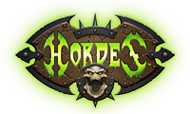




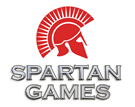

-

